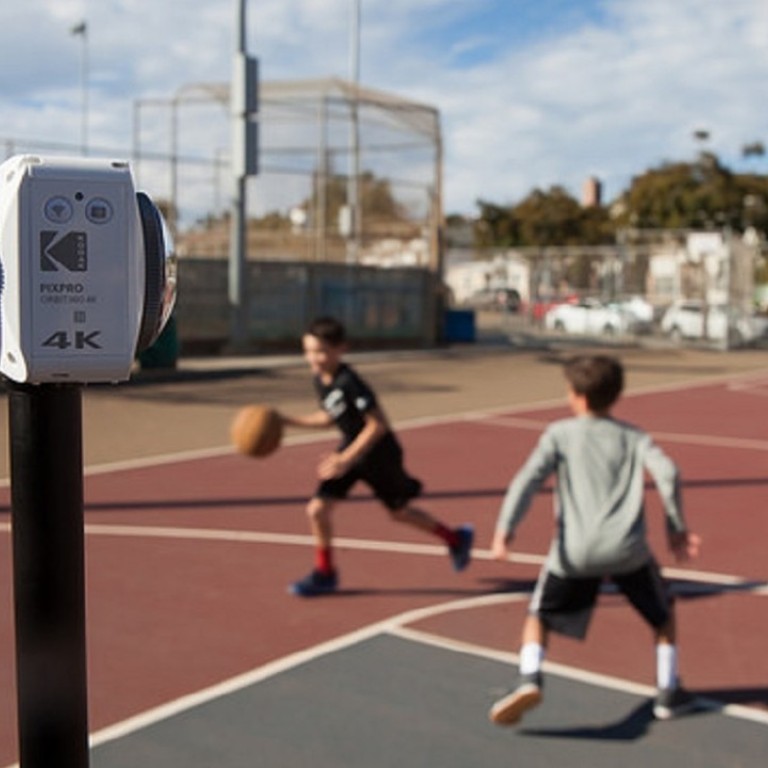
The five best 4K 360 cameras around and why VR video may have just got its ‘killer app’
The launch of GoPro’s new Fusion 360-degree camera and its over-capture feature could give VR video the boost it needs to go mainstream. We take a closer look at the tech and the best 4K models on the market
Just as the Apple iPod did for MP3s back in 2001, sometimes it takes a big brand to popularise an existing format. Has GoPro just done that for 360-degree cameras with its latest release, the Fusion?
Immersive technology is becoming more prevalent across digital platforms and spherical 360-degree cameras have been around for a few years. The way they work – two wide-angle “fisheye” lenses set back-to-back – leaves nothing out of the frame, not even the person holding the camera. That has left photographers and videographers grappling for a “killer app” that makes use of the wraparound perspective without confusing the viewer.
Seven phones and cameras for shooting ultra HD video on the go – archive your adventures in 4K
So far the cameras have been a tough sell. But via some clever software, GoPro’s 360-degree action cam could bring this emerging virtual reality (VR) creation format into sharper focus.
The Fusion, unveiled recently alongside GoPro’s flagship Hero6 action cam, is not fully committed to 360-degree capture, but that could be its masterstroke.
It can capture 360-degree video in 5.2K resolution video at 30 frames per second (fps), or in 3K at 60fps. It is waterproof to five metres and has on-board sensors for GPS, compass, accelerometer, gyroscope, Wi-fi, Bluetooth and even 3D audio.
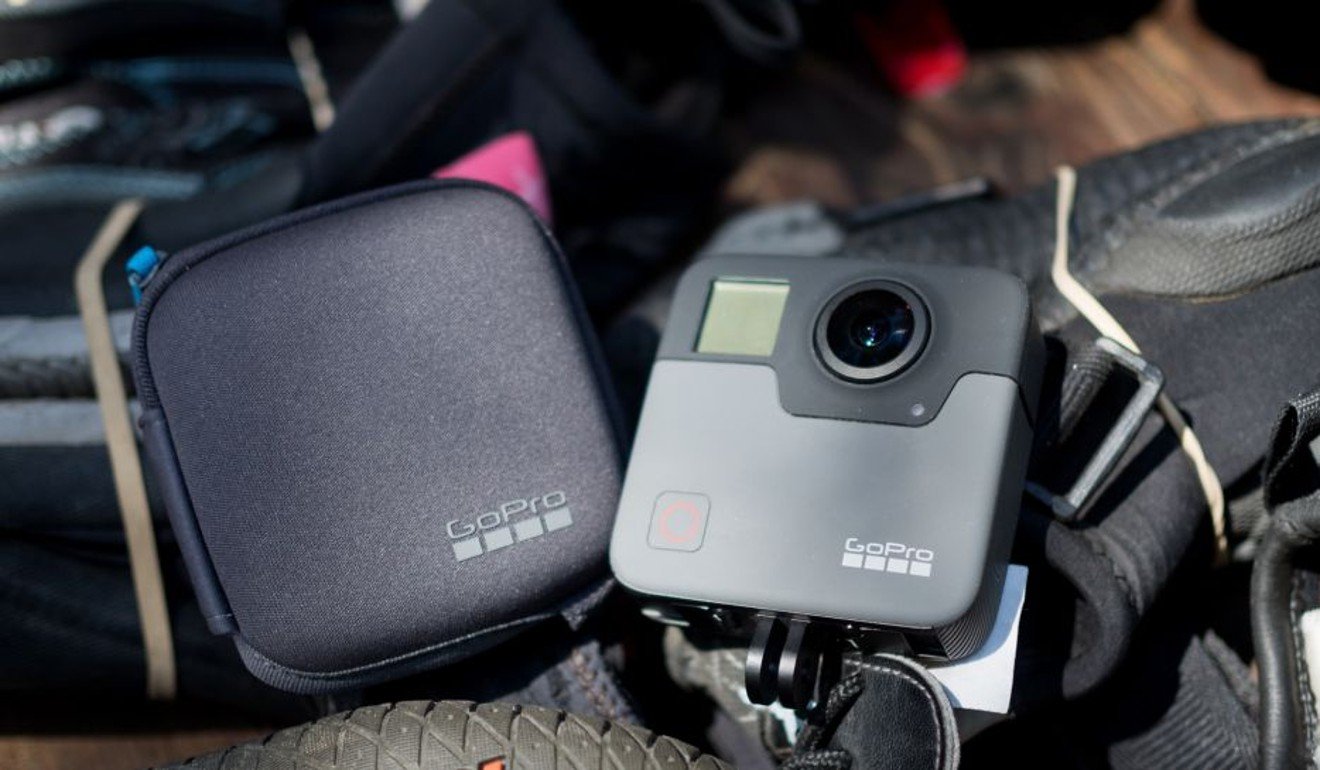
But what the Fusion can also do is something that might revolutionise how all video is shot: over-capture. This mode lets users capture everything in sight, then later manually select an area of the footage, choose the best perspectives, and export it as an ordinary, non-360-degree, 1080p video. Over-capture gets around the main problem of 360-degree footage of the viewer not knowing where to look.
GoPro’s adoption of 360-degree tech comes during a wave of interest in the format across the digital world, with YouTube, Vimeo and Facebook now supporting 360-degree videos. Facebook, as the owner of VR headset-maker Oculus Rift, has a particular vested interest in popularising the creation and consumption of VR content.
Some of the recent uses of 360-degree cameras are no-brainers. The release this month of the first-ever 360-degree video of a spacewalk from the crew of the International Space Station (ISS) was shot by cosmonauts Fyodor Yurchikhin and Sergey Ryazansky:
Space might seem the natural home of 360-degree video, however you can see resolution is an issue when compared to Ultra HD 4K videos shot from the ISS:
Broadcasters are also beginning to experiment with 360-degree video. UK newspaper The Guardian has a section on its website called the Virtual Reality Studio and the newspaper has also launched a VR app and given away Google Cardboard VR headsets. Its short film The Party explores what it is like to be autistic from the point of view of a teenager:
Visual Science, a design studio, created a video for its VRScience app that explores the history of homo sapiens and rebuilds in 3D the bodies and faces of two girls that lived 30,000 years ago:
When it comes to using 360-degree cameras in everyday life, however, there has been some disagreement even among manufacturers about what they should be for.
Some manufactures, like Insta360, insists the cameras are for selfies and design them to attach to phones. Garmin makes them for adventures and tracks all kinds of metrics (the videos are overlaid with data on speed, direction and location). GoPro, meanwhile, clearly thinks they are just an upgrade on the action cam.
Anything less than 4K and you can really tell the quality difference
Lindford Lowe, a videographer who shot an incredible three-part South American adventure video in 360 degrees using Kodak Pixpro cameras, says 360-degree cameras are great for when there is lots of action going on – such as music performances and festivals. “They’re also great for capturing exciting tourist destinations – an all-round in one memorable shot for visitors back home to view as if they were also right there with you.”
Whatever you do with them, Lowe says, there are some techniques that are worth learning early – especially as noticeable distortion can be introduced when software sews the video streams from the fisheye lenses together.
“Always use a tripod rather than a hand-held if possible, as that way the stitching always works better,” Lowe says. “Be in the centre of the action to make the most of the camera, and try not to be too close to a large object when filming – as this will make it appear more prominent than anything else shot in the video.”

The fisheye lenses can take some getting used to but it is the video resolution that will make or break the embryonic 360-degree market. Manufacturers, therefore, are pushing 4K resolution.
“4K is very important as you need as much information as possible when filming,” Lowe says. “Anything less than 4K and you can really tell the quality difference.”
However, it is questionable whether even 4K’s 3840 x 2160 pixel format (about eight megapixels) is sufficient for truly convincing 360-degree videos. This is why those making the best 360-degree videos right now are mostly using high-end rigs that use 16 individual cameras all linked together to raise the resolution much higher.
Models that look to be able to deliver close to 4K per eye include Samsung’s recently announced 360 Round camera (which has 17 lenses and reportedly costs US$10,500). But for amateurs and those on a budget, there are still many 360-degree cameras – now led by GoPro’s Fusion – that lend this powerful eyewitness dimension to video.
The best five 4K 360-degree cameras you can buy today:
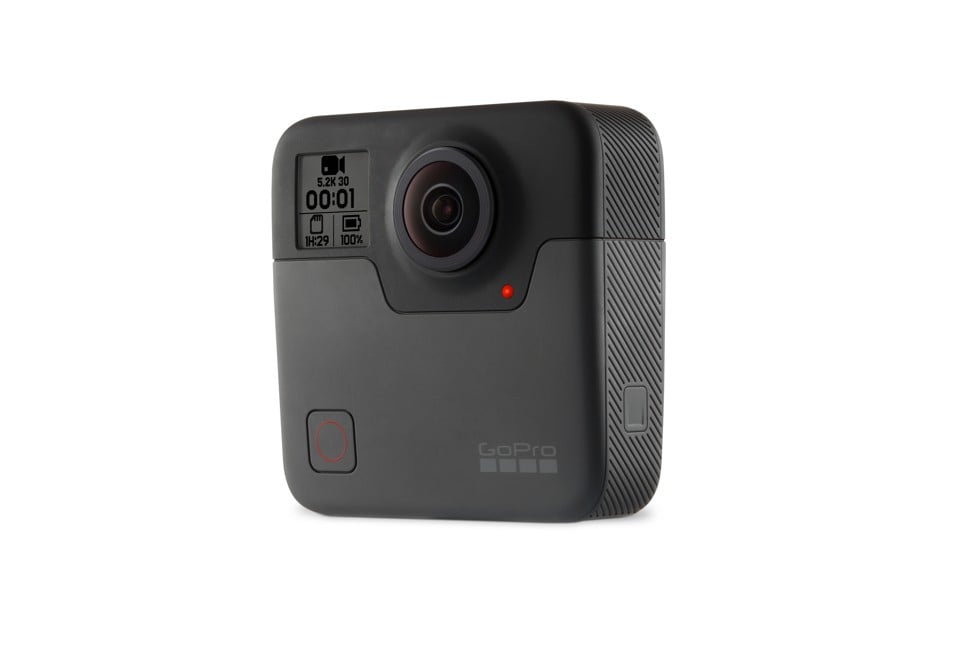
GoPro Fusion
With 5.2K resolution, a 70-minute battery life and “over-capture” mode for trimming 360-degree images into standard widescreen format, this waterproof action cam will go on sale in November. (HK$5,450, US$699)

Insta360 One
This 4K 360-degree camera clips onto any iPhone, records for 70 minutes, and includes a novel “bullet time” mode that captures in fast frame rate for unique-looking slow motion videos. (HK$2,448)
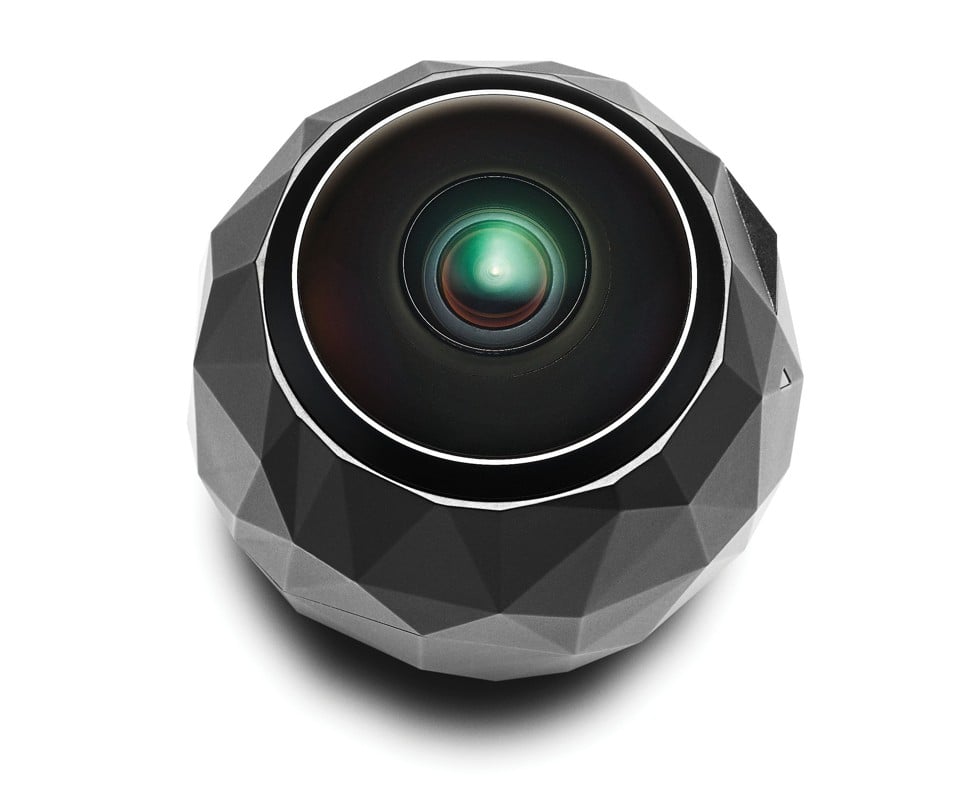
360fly 4K
Able to produce both 360-degree and first-person POV (point of view) video – and with reams of data overlays – the 360fly 4K is a dust- and shockproof action cam that uses just one fisheye lens, and films for two hours. (HK$4,988)
Hong Kong’s 360-degree videomaking pioneers, and how the virtual-reality technology works
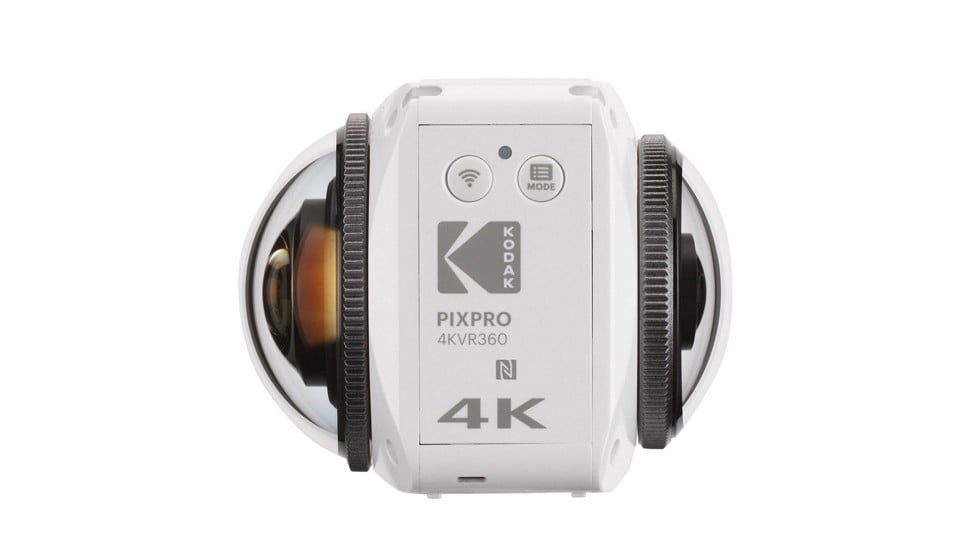
Kodak PixPro 4KVR360
Looking to bridge the gap from traditional video, this one shoots in 360-degree mode, 197-degree ultra-wide mode, and 235-degree “dome” mode to suit the occasion – and all in 4K. Its battery lasts two hours. (HK$3,999)

Garmin VIRB 360
One of the highest resolution amateur 360-degree cams around at 5.7K, this sensor-packed, waterproof device is aimed at adventurers. The battery lasts 65 minutes. (HK$5,849)

